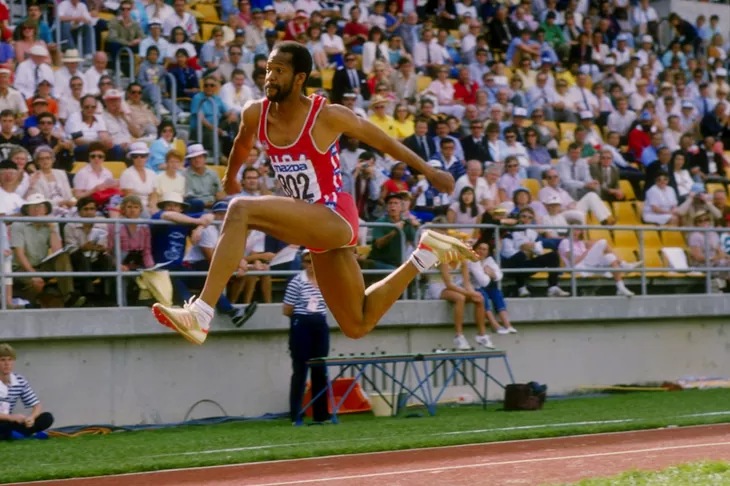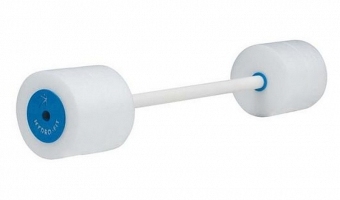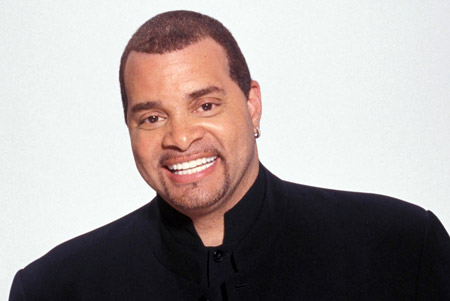Featured Exercise: Floating Squats
Jumpers need to jump, so when they can’t do that on land, they need to keep their jump timing and technique any way they can – usually in the pool. I created 1-Legged Frog Jumps for Willie Banks in the mid-1980s so he could practice his runway technique in chest-deep water. He jumped across the pool on one leg, swinging both arms through the water’s resistance and lifting his non-weightbearing leg on each jump. This came close to duplicating his jumping movements. To reduce impact, he wore a flotation belt that caught much of his weight on each landing.

Not long after that, Willie set the world record in the triple jump.
The next development was taking all the weight off a jumper’s legs. This meant finding various things he or she could stand on to balance in deep water. First we used a round piece of Styrofoam called a water wafer. No flotation belt was used, only the wafer. It worked, but was relatively small, so athletes had to have great balance. Most did, but the bigger guys needed more buoyancy and a wider stance, so we next tried a long buoyancy bar.

It worked so well that we discarded the wafers and to this day continue using the long bar.
Athletes get bored quickly if you don’t continually raise the bar for them, so I added jump turns, first ¼ turns, then ½ turns. You’ll see them in the video.
In the early 1990s, I took this exercise to the next level when I was working with comedian and actor, Sinbad.

He had played basketball at the University of Denver and because of injuries, was unable to play the game he loved. I told him we could at least do part of the game, his jump shot. He had an old basketball sitting around the house, so brought it out to his backyard pool. To make it easier to do Floating Squats as he was learning them, I had him wear his flotation belt, but once he mastered the technique he discarded that extra buoyancy. First I got him up and on the bar and able to do ¼ turns and ½ turns. The athlete in him began to shine. I got out of the water and stood on the deck with the basketball.
“Brace yourself!” I called to him as I tossed him the ball. He maintained his balance and started moving the ball around in his hands to regain familiarity with it. Next I told him to get ready to do a jump shot.
“Knees up!” I waited for him to reach a balanced squatting position while he was holding the ball. I told him when he jumped, he would shoot the ball up to me.
“Jump and shoot!” And he did. A big smile warmed his face and he reached his hands up to request the ball again. We did 20 of those jump shots and he never lost his balance. It was a satisfying drill for a former basketball player.
You can think of other ways to use these floating jump squats. Add them to any sport where someone must jump first and do something mid-air. They will love it!
100% secure and private. You can unsubscribe at any time